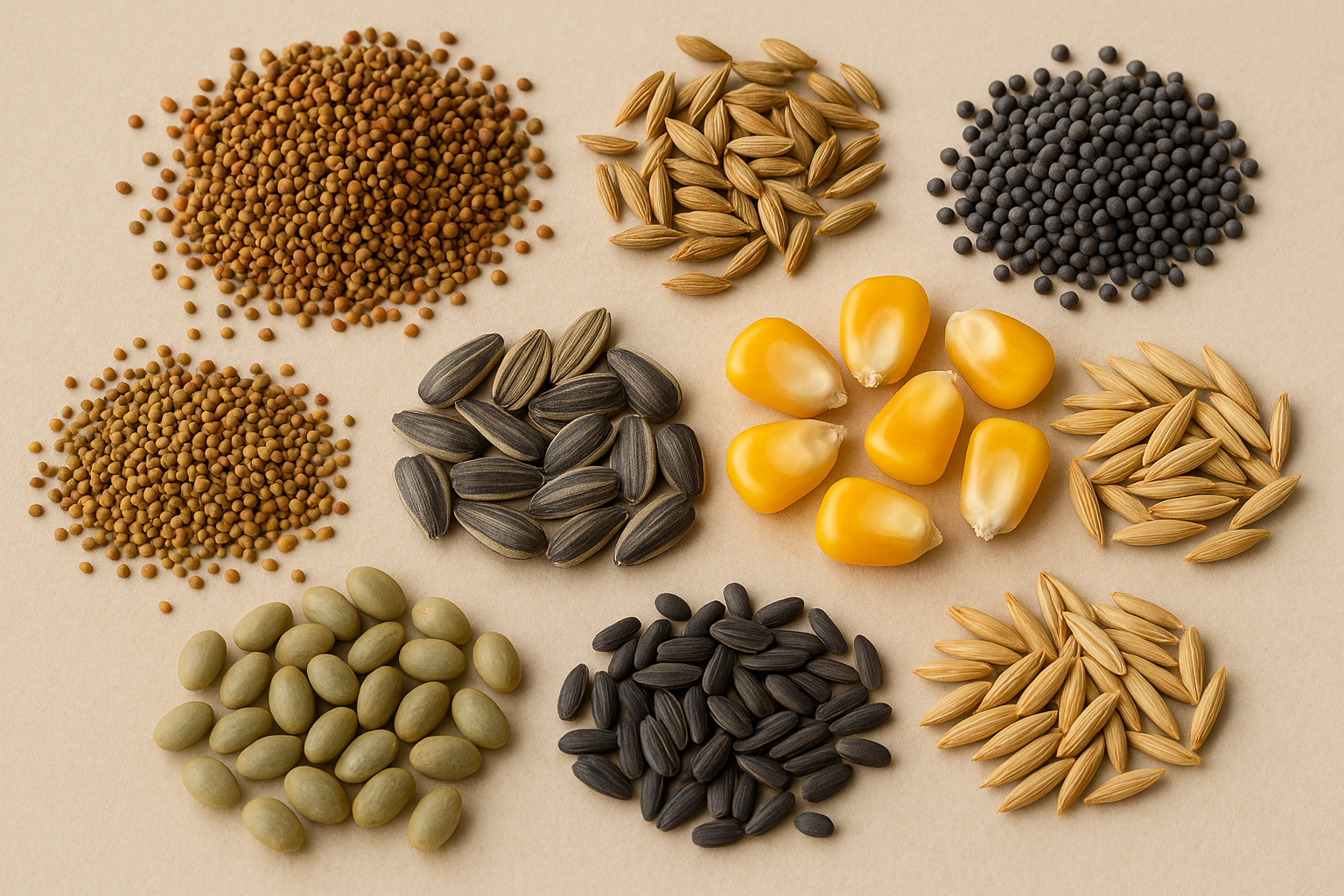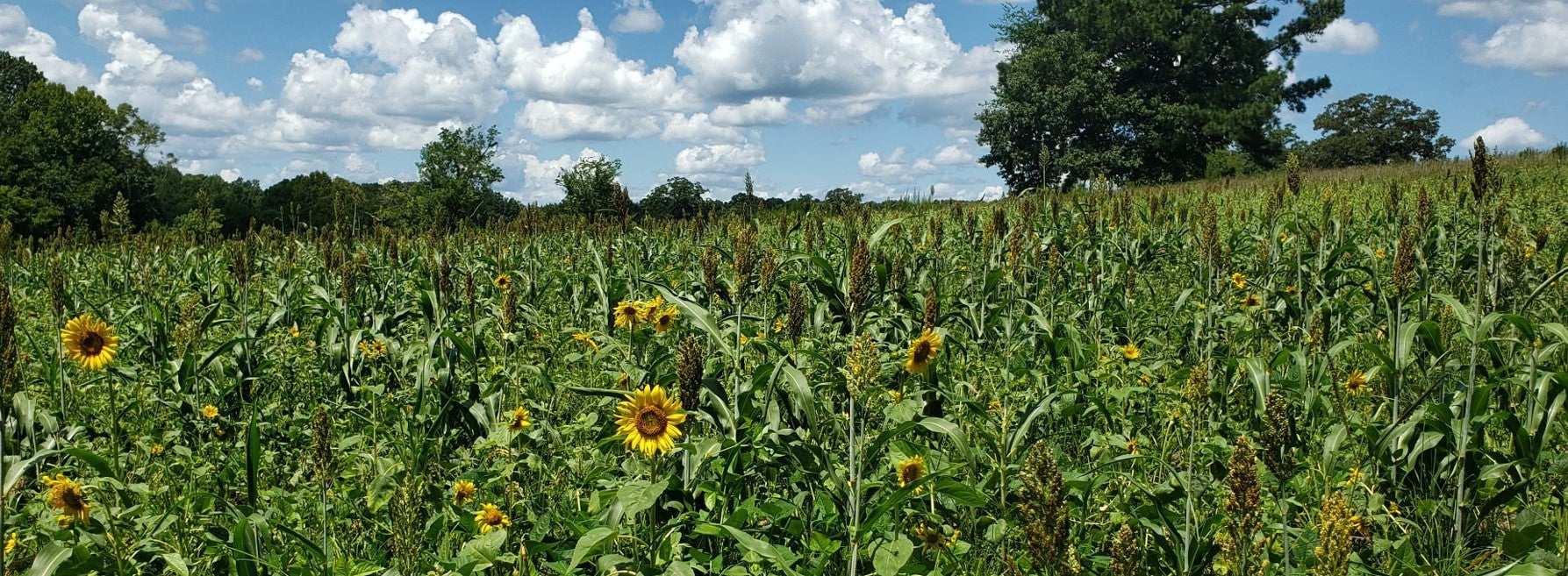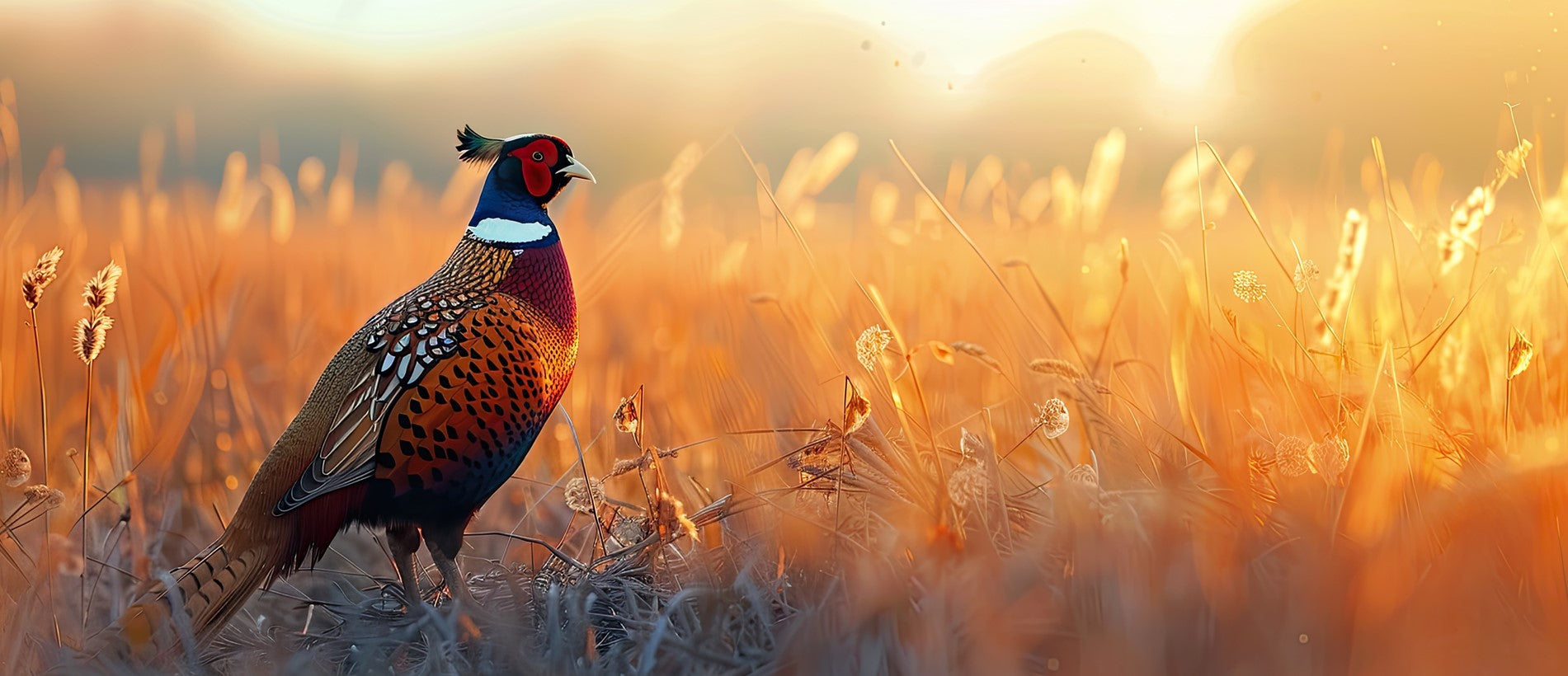The Antler Shedding Process
Antler Shedding
In the past, it was believed that deer withdrew to secluded places to shed their antlers in order to avoid the loss of virility in “public.” However, it is likely that deer are unaware of when they will lose their antlers. Antlers are shed when a thin layer of tissue destruction, called the abscission layer, forms between the antler and the pedicle. This layer forms as a result of the decrease in testosterone. As the connective tissue is dissolved, the antler loosens and is either broken free, or falls off on its own. This degeneration of the bone-to-bone bond between the antler and the pedicle is the fastest deterioration of living tissue known in the animal kingdom.
In whitetails, a restricted diet has been found to cause bucks to shed their antlers early. It has been suspected that the lack of adequate nutrition somehow effects testosterone output. Nutritionally-stressed bucks may also grow their antlers and shed their velvet later. Older-aged bucks are thought to shed their antlers earlier than younger bucks.
It has also been reported that higher-ranked (more dominant) bucks cast their antlers sooner than lower-ranked (subordinant) bucks. Older-age, more dominant bucks probably shed their antlers sooner because of the high energy costs incurred in maintaining a higher dominance rank. Large caribou bulls that are stressed may even shed their antlers during the breeding season. Surprisingly, male caribous shed their antlers following the breeding season, while female caribous (the only female deer that grow antlers) do not shed their antlers until the calving season during the following spring.
The farther deer are from the equator, the more defined their antler cycle. In other words, northern deer have a shorter “window” of when antler shedding can occur, compared to deer herds in southern states. In addition, the specific date when a buck will shed his antlers may be determined more by his individual antler cycle than any other factor. This cycle is independent of other bucks and believed to be centered on each animal’s birth date.
Penned deer studies have allowed scientists to measure the exact dates of antler shedding for individual deer year after year. One study in Mississippi found that individual bucks usually shed their antlers at the same time each year and almost always during the same week. Yearling bucks with only spike antlers shed sooner than yearling bucks with forked antlers, likely because they were more nutritionally stressed than fork-antlered bucks. This study also indicated there was no relationship between antler mass and date of antler shedding, although other studies have shown that bucks shed their antlers earlier as they grow older. Additional penned studies have also revealed that bucks usually shed both antlers within 1-3 days of each other.
Bucks maintained on artificially high levels of testosterone after the breeding season, do not shed their antlers until testosterone levels are later allowed to decrease. In bucks that are castrated while they have hardened antlers, the antlers are soon shed because of the immediate decrease in testosterone, regardless of the breeding season. If bucks are castrated while the antlers are still in velvet, the antler will not harden and the velvet does not shed. If bucks are castrated after they have cast their antlers, and after they have reached one year of age, the antlers will grow, but the buck never receives the hormonal cue to rub-out and his antlers will remain in the velvet stage.
Although there is no clear evidence that weather directly affects antler shedding, it is likely that severe winters may also cause bucks to shed their antlers earlier than normal because of the nutritional stress this causes.
Why Do Bucks Shed Antlers?
We have examined the environmental and physiological changes that occur to cause bucks to shed their antlers every year, but we still haven’t addressed the question of why bucks shed antlers. Why do bucks spend so much energy in growing antlers, only to shed these antlers a few months later, forcing them to re-invest an enormous amount of energy to re-grow the antlers again the following year? Why don’t deer antlers stay attached and continue to grow throughout life like the horns of sheep, goats, and cattle? Scientists have pondered these same questions for many years and they still do not know the answers. However, several theories have been developed to explain why antlers are shed every year:
One of the most common theories is that bucks shed their antlers annually so that they have the potential to replace any damage to antlers that may have occurred in the form of broken tines, or a broken main beam. This theory that antlers are shed to compensate for anticipated breakage seems valid because antlers are extremely important in display for acquiring females and because they are used during dominance fights with other bucks. If a buck breaks a main beam and is not able to replace that antler, he may not be able to acquire future breeding privileges.
A second related theory suggests that bucks shed antlers annually so that they can re-grow larger antlers the following year, in order to keep pace with their increasing body size. This theory is based on the fact that antlers quickly mature into non-growing structures before the buck is able to attain full body size.
A third theory states that antlers are shed simply because of an accident of evolutionary chance. In other words, there is no real reason why antlers are shed. Antlers are different from horns, not because they need to be, but because of different evolutionary origin. A fourth theory suggests that antlers are shed in order to stop the die-back process, that occurs at the junction of the pedicle and antler, from traveling down into the skull. Another theory suggests that antlers are shed to eliminate any danger that antlered bucks may hurt new-born fawns, which are normally dropped after bucks have shed their antlers.
A sixth theory suggests that antler shedding developed in the primitive antlers of ancestral deer from temperate zones. Antlers of deer in these colder climates would have been vulnerable to freezing in winter if they were not shed. The only way to prevent freezing would have been to stop the blood supply to antlers before the onset of winter.
Yet another theory suggests that deer shed their antlers due to exhaustion and emaciation caused from the breeding season. It is thought that ancestral males shed their antlers so that they were able to mimic the healthier, non-antlered females. It is thought that this reduced their vulnerability to predation, because predators may have actively searched for antlered males due to their weakened condition.
One final theory simply suggests that antlers are shed each year as an energy-conserving measure, so that males don’t have the added weight from the antlers to carry outside of the breeding season. Antlers are cumbersome and energy-expensive structures that are not needed after the breeding season. However, for this to be true, it must also be true that re-growing the antlers each year is less energy-expensive than maintaining the antlers through winter.
Which one of these theories is right? Who knows for sure? Maybe the true answer is a combination of these theories, or maybe none of these theories is the actual answer. Hopefully, scientists will be able to unravel this great mystery in the future. Until then, I’m just glad that antlers are shed each year so that I can continue to enjoy my hobby of shed antler hunting, which I will discuss in my next article.
Posted by Dr. Mickey W. Hellickson











Hello Joe! The process of shedding antlers is very similar for elk and deer. The main difference between the two would be that elk typically shed their antlers in March which is a bit later than a whitetail deer. Thank you for reaching out!
Excellent article. Very thorough. Very readable.
Does the same apply to elk?
Leave a comment